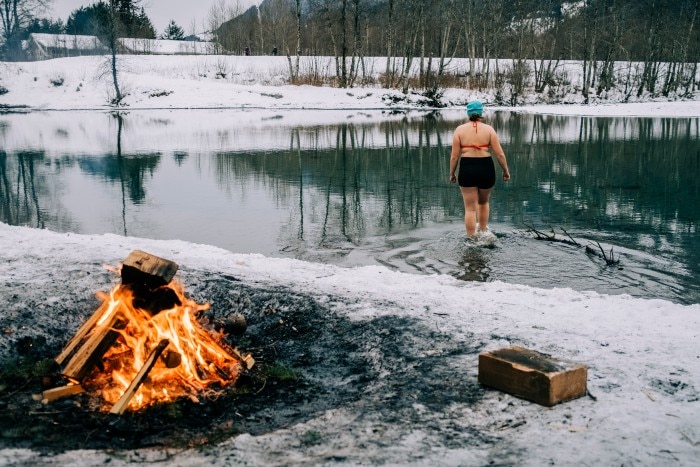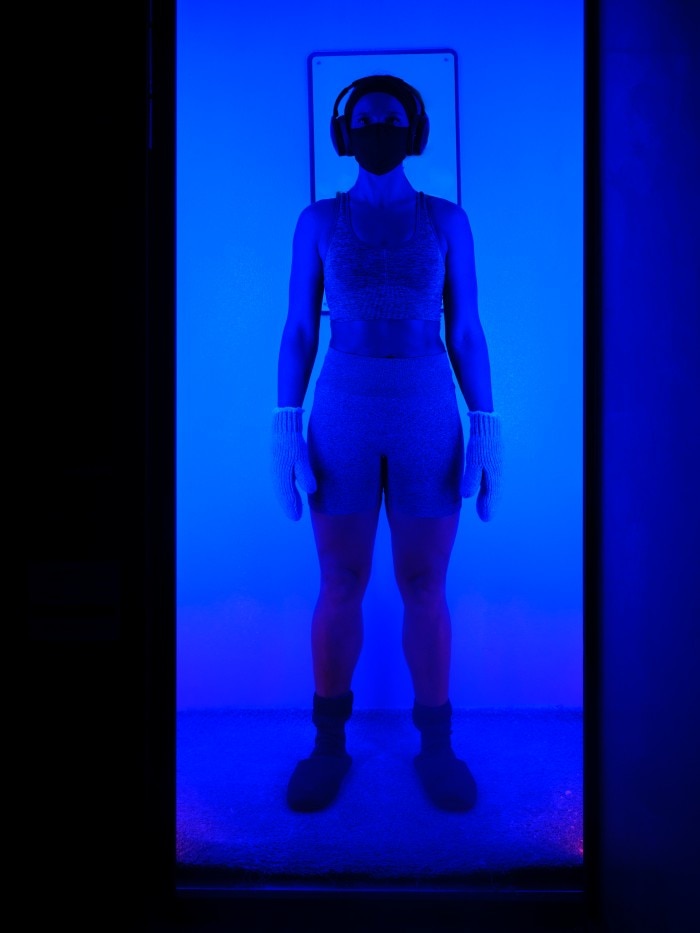MENU
FJ | FJD
-
-
-
- Forum Labo 2025
- Advanced Therapies Week (ATW) 2025
- SLAS Europe 2025
- Medlab Middle East 2025
- Biologics World Nordics 2025
- Bioprocessing Summit Europe 2025
- BioProcess International Europe 2025
- ASIA LABEX: The Lab Show 2025
- SLAS International 2025
- ISEV 2025
- Future Labs Live 2025
- Cell 2025
- ASIA LABEX: The Lab Show 2025
- Stem Cell Community Day 2025
-
-
-
- Forum Labo 2025
- Advanced Therapies Week (ATW) 2025
- SLAS Europe 2025
- Medlab Middle East 2025
- Biologics World Nordics 2025
- Bioprocessing Summit Europe 2025
- BioProcess International Europe 2025
- ASIA LABEX: The Lab Show 2025
- SLAS International 2025
- ISEV 2025
- Future Labs Live 2025
- Cell 2025
- ASIA LABEX: The Lab Show 2025
- Stem Cell Community Day 2025
FJ | FJD
-
- Benchtop Centrifuges
- Floor-Standing Centrifuges
- Refrigerated Centrifuges
- Microcentrifuges
- Multipurpose Centrifuges
- High-Speed Centrifuges
- Ultracentrifuges
- Concentrator
- High-Speed and Ultracentrifuge Consumables
- Centrifuge Tubes
- Centrifuge Plates
- Device Management Software
- Sample and Information Management
-
- All Pipettes, Dispensers & Automated Liquid Handlers
- Mechanical Pipettes
- Electronic Pipettes
- Multi-Channel Pipettes
- Positive Displacement Pipettes & Dispensers
- Automated Pipetting
- Bottle-Top Dispensers
- Pipette Controllers
- Pipette Tips
- Automation Consumables
- Dispenser & Pipette Accessories
- Automation Accessories
- Dispenser & Pipette Services
You are about to leave this site.
Please be aware that your current cart is not saved yet and cannot be restored on the new site nor when you come back. If you want to save your cart please login in into your account.
Sorry, we couldn't find anything on our website containing your search term.

A Celebration of Cold
Beyond Science
- Lab Life
- Off the Bench
- Inspiring Science
Ice-bathing and whole-body cryotherapy are rapidly evolving into lifestyle trends. But is such extreme cold really good for your health?
All of a sudden, here they are. Dressed in long down coats, they race across the beach of Nieuwvliet-Bad in the Netherlands, towards the ocean. Only a few meters from the raging sea, the young men and women take off their coats in full swing and leap, stark naked, into the freezing North Sea. Briefly, they immerse themselves, shrieking and spluttering. And then, out of the water and on with the coats. As quickly as they have arrived, these hardcore swimmers will retreat back into the dunes.
The New Year’s plunge in the ice-cold ocean is a long-standing tradition in the Netherlands. In certain seaside resorts, in Scheveningen for example, up to 10,000 people at the same time will brave the North Sea with its average January temperature of five degrees. What has long been considered a national sport in the Netherlands and Scandinavia is rapidly becoming a lifestyle trend in many other countries: ice-bathing, or whole-body cryotherapy in cold chambers, as a boost for health. But – is this icy pleasure actually healthy?
The New Year’s plunge in the ice-cold ocean is a long-standing tradition in the Netherlands. In certain seaside resorts, in Scheveningen for example, up to 10,000 people at the same time will brave the North Sea with its average January temperature of five degrees. What has long been considered a national sport in the Netherlands and Scandinavia is rapidly becoming a lifestyle trend in many other countries: ice-bathing, or whole-body cryotherapy in cold chambers, as a boost for health. But – is this icy pleasure actually healthy?
Read more
Read less
Freezing – with a plan
One of the most popular proponents of this trend is Dutch extreme athlete Wim Hof who, as “The Iceman”, has almost achieved legend status within the community. With the help of a breathing and meditation technique developed by himself – the Wim Hof method – he regularly exposes himself to extreme cold through ice diving in frozen lakes, swimming among ice floes, or winter mountaineering in sandals and light clothing. His enthusiasm inspired countless followers: the International Ice Swimming Association (IISA), founded in 2009, now has members in 73 countries.
They all are convinced: sitting or swimming in water as cold as minus two degrees, or a few minutes inside a cold chamber at minus 85, down to minus 160 degrees (whole-body cryotherapy) will not only make you happy, but it is also a treat for body and soul. Providers claim that the cold strengthens the immune system, reduces muscle and joint pain after exercise and elevates the number of white blood cells. In addition, the cold is said to fight skin problems such as acne or psoriasis, reduce stress, and is even effective against depression and anxiety.
One of the most popular proponents of this trend is Dutch extreme athlete Wim Hof who, as “The Iceman”, has almost achieved legend status within the community. With the help of a breathing and meditation technique developed by himself – the Wim Hof method – he regularly exposes himself to extreme cold through ice diving in frozen lakes, swimming among ice floes, or winter mountaineering in sandals and light clothing. His enthusiasm inspired countless followers: the International Ice Swimming Association (IISA), founded in 2009, now has members in 73 countries.
They all are convinced: sitting or swimming in water as cold as minus two degrees, or a few minutes inside a cold chamber at minus 85, down to minus 160 degrees (whole-body cryotherapy) will not only make you happy, but it is also a treat for body and soul. Providers claim that the cold strengthens the immune system, reduces muscle and joint pain after exercise and elevates the number of white blood cells. In addition, the cold is said to fight skin problems such as acne or psoriasis, reduce stress, and is even effective against depression and anxiety.
Read more
Read less
What position does research take?
At the same time, what is science’s position on this “cool” trend? In a literature review, published in 2017 in the journal “Frontiers in Physiology“ , a research group led by Giovanni Lombardi from Milan and Gdansk summarized the state of the current research on whole-body cryotherapy in athletes. Their conclusion: “From a biochemical perspective, whole-body cryotherapy does not always lead to notable changes; however, the clinical result (with respect to pain, muscle soreness, stress and recovery after exercise) is very often better than at baseline or in the untreated control group.” The researchers criticized that the application of this form of therapy is frequently not based on scientific hypotheses and safety standards.
A similar conclusion was reached by medizin transparent, the fact-check service of the international NGO Cochrane Austria. This team of authors, which examines myths and statements around health-promoting effects on the basis of the most meaningful scientific data, found that none of the studies investigating the health advantages of ice bathing, the Wim-Hof method, or whole-body cryotherapy delivered significant results. Their reasoning: most studies displayed “serious inadequacies”. For example, even prior to the start of the study, considerable differences existed between the group of ice-bathers and the group of non-ice-bathers which rendered valid comparisons impossible. Furthermore, the number of study participants was often much too small for reliable results. In studies looking at the effect on depression, only mood differences in psychologically healthy participants were investigated. Therefore, such studies are unable to conclude whether ice-bathing etc. will have long-term positive effects on the immune system or psychological health.
At the same time, what is science’s position on this “cool” trend? In a literature review, published in 2017 in the journal “Frontiers in Physiology“ , a research group led by Giovanni Lombardi from Milan and Gdansk summarized the state of the current research on whole-body cryotherapy in athletes. Their conclusion: “From a biochemical perspective, whole-body cryotherapy does not always lead to notable changes; however, the clinical result (with respect to pain, muscle soreness, stress and recovery after exercise) is very often better than at baseline or in the untreated control group.” The researchers criticized that the application of this form of therapy is frequently not based on scientific hypotheses and safety standards.
A similar conclusion was reached by medizin transparent, the fact-check service of the international NGO Cochrane Austria. This team of authors, which examines myths and statements around health-promoting effects on the basis of the most meaningful scientific data, found that none of the studies investigating the health advantages of ice bathing, the Wim-Hof method, or whole-body cryotherapy delivered significant results. Their reasoning: most studies displayed “serious inadequacies”. For example, even prior to the start of the study, considerable differences existed between the group of ice-bathers and the group of non-ice-bathers which rendered valid comparisons impossible. Furthermore, the number of study participants was often much too small for reliable results. In studies looking at the effect on depression, only mood differences in psychologically healthy participants were investigated. Therefore, such studies are unable to conclude whether ice-bathing etc. will have long-term positive effects on the immune system or psychological health.
Read more
Read less
Not without risk
Those who still want to feel the cold firsthand should start slowly, and in the company of others. Prior to descending into a hole in the ice, for example, it is a good idea to have one’s health checked to rule out cardiovascular or neurological illnesses. In addition, extreme cold is not without risk. Besides the risk of hypothermia, the American Academy of Dermatology warns of frostbite with permanent tissue damage, frozen limbs and rashes.
Despite the lack of scientific proof of its effectiveness, cryotherapy is enjoying an ever-increasing popularity – as a clinical procedure as well as for the purpose of biological renewal. Larger studies of higher quality will be necessary to get to the scientific bottom of this trend towards the cold.
Those who still want to feel the cold firsthand should start slowly, and in the company of others. Prior to descending into a hole in the ice, for example, it is a good idea to have one’s health checked to rule out cardiovascular or neurological illnesses. In addition, extreme cold is not without risk. Besides the risk of hypothermia, the American Academy of Dermatology warns of frostbite with permanent tissue damage, frozen limbs and rashes.
Despite the lack of scientific proof of its effectiveness, cryotherapy is enjoying an ever-increasing popularity – as a clinical procedure as well as for the purpose of biological renewal. Larger studies of higher quality will be necessary to get to the scientific bottom of this trend towards the cold.
Read more
Read less

